Sleeping bag: You will need a 4-season or -20 Deg C sleeping bag and compression sack. We recommend Mountain Hardwear or The North Face sleeping bags. You can hire sleeping bags from our team in Tanzania.
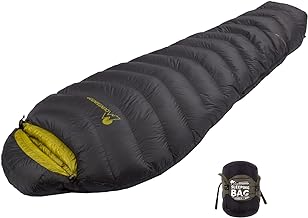
Daypack: Your main gear will be carried by a porter (up to 15kg) .You will need to carry your own daypack. 30-40L is sufficient. We recommend Osprey daypacks.

Trekking poles: Trekking poles can reduce the impact on your joints by up to 20%. They are great for going down Kili! We recommend adjustable Black Diamond trekking poles

Waterproof duffle bag: o carry your main gear we recommend using a 80-90L duffle bag. Large rucksacks (>65L) can also work.

Neck gaiter or scarf: It can get dusty on Kilimanjaro. We recommend bringing a neck gaiter or bandana. The most versatile options are made by Buff or Hoo-Rag Headwear.

Water bladder / bottles: Capacity to carry 3 litres of water. Options: 2 x 1.5 litre wide mouth nalgene bottles or 2 litre platypus + 1 litre water bottle. Note that disposable plastic bottles are not permitted on Kilimanjaro.

Sun hat: Preferably go for a hat that is wide-brimmed for protection, and has a neck cover if you aren’t going to be wearing a neck gaiter.

Warm beanie style hat: Go for a version of a beanie that is either knitted or fleeced for extra warmth. The North Face, Berghaus and Columbia all make good outdoor beanies.

Sunglasses: Choose a pair of high UV protection glasses as sun intensity above 4,500m is very high. Julbo are a great mountain sunglass brand but any brand with high UV protection will suffice.

Headlamp: You will need a headlamp with good light output for any late night toilet journeys, and importantly for summit night. Petzl make market-leading and affordable headlamps.

Lightweight Gloves: For lower slopes we recommend lightweight, fleece or quick drying fabric gloves. Berghaus and The North Face make good lightweight gloves.

Warm gloves or mittens: For the cold nights and for the summit push we recommend heavyweight, insulated, preferably water resistant gloves. The North Face and Black Diamond are recommended brands.

Training shoes: To wear around camp after a day’s trek we recommend bringing a pair of training shoes or sandals.

Trekking boots: We recommend using a mid-weight trekking boots with good ankle support. Recommended brands include: Salomon, Scarpa, Hi-Tec and Merrell.
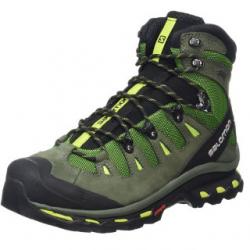
Gaiters: Help keep your trousers clean in wet and muddy or dusty conditions.

Socks: 3-4 pairs of outer socks and 2-3 pairs of liner socks. We also recommend bringing 1 x thick thermal socks for summit night. Merino wool is the best material and Bridgedale or Smartwool make good trekking socks

Long sleeve shirt: Go for a light or medium weight, moisture wicking long sleeve shirt (x2). Icebreaker, Berghaus and Under Armour make great breathable trekking shirts.

Thermal base layer: 1 x thermal base layer, ideally made from merino wool. Recommended brand is Icebreaker

Short sleeved shirt: 2 x lightweight, moisture wicking short sleeved shirts. Recommend brands include Icebreaker, Under Armour, Columbia, Berghaus

Hard shell outer jacket: A water/windproof hard shell outer jacket to protect you from the elements. Goretex material is best. Recommended brands include The North Face, Arc’teryx, Berghaus and Mountain Hardwear

Fleece or soft shell jacket: A mid-weight polartec fleece jacket is ideal for Kilimanjaro. Berghaus, Helly Hansen and The North Face all make great fleeces

Insulated jacket: A good quality and warm down or primaloft jacket is required for the cold nights and summit push. Recommended brands include The North Face, Rab, Arc’Teryx and Mountain Hardwear
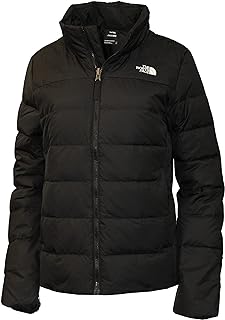
Hard shell trousers: To protect yourself from the elements you need a good pair of waterproof / windproof hard shell trousers. Ideally Goretex. Patagonia, The North Face and Arc’Teryx all make good outer trousers.
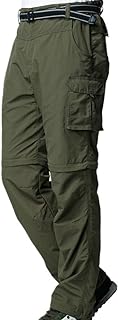
Leggings: Thermal or fleece base layer for your legs. Merino wool is preferable. Recommend brand is Icebreaker.

Trekking trousers: Light or medium weight (x1) trekking trousers. Convertible trousers are an option. Recommended brands include Craghoppers and Columbia

Camera and spare batteries: Unless you are a keen photographer we recommend taking a good quality and lightweight point and shoot camera like the Panasonic Lumix.

Plug Adapter: A plug adapter for charging your devices in the hotels before and after the trek. The standard voltage and frequency in Tanzania is 230 V and 50 Hz respectively. The power sockets that are used are of type D / G.
Recommended Options

Snacks and Nutrition: Boiled sweets, nuts, energy bars and dried fruit are all a good shout. Isotonic drink powder to mix in with your water improves flavour and helps replace electrolytes

Wet wipes and hand sanitizer: Staying clean on Kilimanjaro is a challenge. Wet wipes and hand sanitizer are a huge help

Toothbrush and toothpaste: Ideally travel size

Sun and lip screen: High SPF sunscreen and lip protection balm
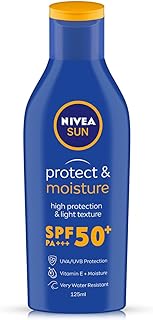
By packing smartly and ensuring you have all essential gear, you’ll be well-prepared to tackle the challenges of climbing Mount Kilimanjaro while maximizing your comfort and safety.
GameDrive Africa
Typically replies within minutes
Any questions related to Kilimanjaro Gears?
WhatsApp Us
🟢 Online | Privacy policy
WhatsApp us